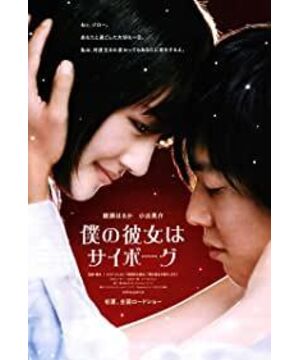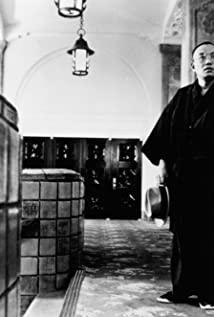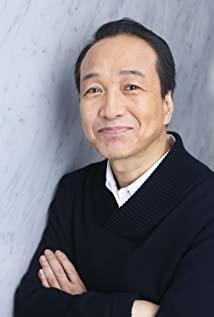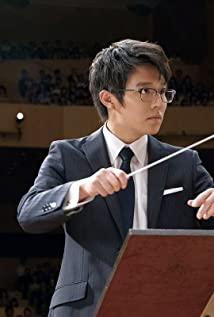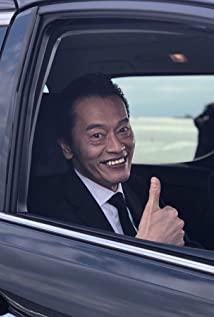Let me explain this movie.
The following analysis is based on the theoretical analysis of "contingency and human nature" in dialectical materialism.
First, inevitable events: Tokyo earthquake, intelligent robot technology, and time-space shuttle technology.
Second, accidental events: any person travels back to the past in time and space.
Central theory: every time we return The past is bound to change accidental events
. The first cycle:
Injured in the Great Tokyo Earthquake - Using 60 years to make robots - The robot returns to the past to save the hero who was injured in the earthquake -
The second cycle:
Rescued from the Great Tokyo Earthquake - Repair the robot with 60 years - The robot returns to the past to save the hero who was injured by the earthquake - The woman in the future returns to the past for unknown reasons (theoretically, the butterfly effect caused by the hero's rescue from the earthquake )
The third cycle:
meeting a future woman (unknown event, otaku mentality, unrequited love) - shot in a restaurant (influenced by the butterfly effect) - escape from the Tokyo earthquake - 60 years to create a robot that looks like an object of unrequited love - -The robot goes back to the past to save the hero who was shot - The future woman sees a robot that looks like her (it becomes an inevitable event) - The future woman returns to the past
The fourth cycle:
meets the future woman (a bizarre encounter) )——The restaurant was saved by the robot——Stay in Tokyo——Rescue from the Tokyo earthquake, the robot broke down——Use 60 years to make the robot——The robot returns to the past to save the hero in the restaurant——The future The woman sees a robot that looks like herself - the future woman goes back to the past - the future woman returns to Tokyo after the earthquake The
fifth cycle:
Rescued from the Great Tokyo Earthquake, the robot is broken, the future woman came to Tokyo after the earthquake - the future woman accompanies the hero to build a robot for 60 years to continue the fate - the robot returns to the past to save the hero in the restaurant - the future The woman sees a robot that looks like herself - the future woman goes back to the past - the future woman returns to Tokyo after the earthquake In the
end future woman died 60 years ago, and was born 60 years later
(the cycle is over)
and history is just like this. The final actual process is the third cycle.
The only bug in the movie is that after the hero is rescued in the restaurant, it is no longer possible for the hero to leave a message 60 years later, because once the past is changed, the future will be completely changed.
As for the protective stuff mentioned by netizens, it is the stuff that the heroine gave to the male protagonist at the beginning of the play, and the stuff that the heroine auctioned off at the end of the film. It should be bought later by the actor during the first or second cycle. It is an accidental event. There is no need to be too persistent. It is necessary to focus on the analysis of the problem!
Several cycles make some accidental events evolve into inevitable events.
In essence, the time-space explanation of this movie is more difficult to explain than the unspeakable secret. The key is that this movie is a double-loop time-space shuttle: the time-space shuttle of the robot and the time-space shuttle of the future woman are two lines.
In the movie, the plot basically describes the fourth cycle, but the author personally believes that the scene after the heroine came to the earthquake is the fifth cycle, because the heroine's expression when she sees the hero is more like seeing herself. Lovers, not lovers.
After the explanation, it is only for your reference. I hope you can dig more loopholes! Discuss together!
View more about Cyborg She reviews


